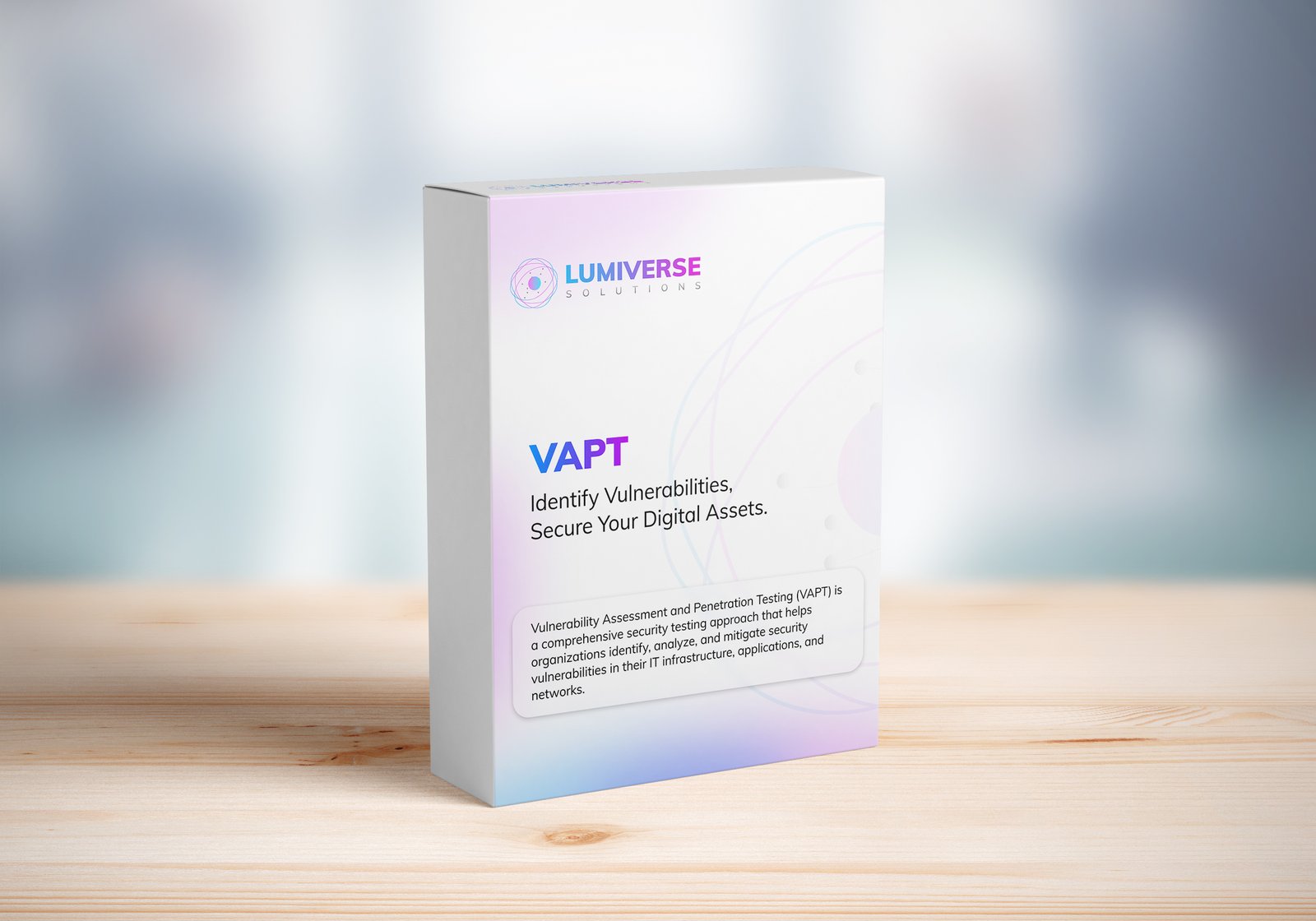Dark Pattern Solutions For Ethical UI/UX Know It All
Design persuades but it mustn’t deceive. As India’s digital market grows, more users are spotting design tactics that push them into unintended choices. These manipulative UI patterns known as dark patterns may lift short-term metrics, but they damage trust, invite regulatory action and harm long-term growth. This guide shows practical, ethical alternatives that protect users and strengthen brands.
What are dark patterns?
Dark patterns are interface choices crafted to benefit the business at the user’s expense. They include hidden add-ons, pre-checked subscriptions, fake scarcity, and intentionally confusing cancellation flows. While they can increase conversion momentarily, they erode credibility and are now in regulatory focus across India.
Dark patterns vs ethical UI/UX — quick comparison
| Aspect | Dark Pattern | Ethical Design Practice |
|---|---|---|
| Transparency | Costs or conditions hidden until checkout | Full disclosure of price, fees and data use upfront |
| User choice | Pre-selected consents and auto opt-ins | Clear, voluntary opt-ins and visible toggles |
| Language | Emotionally manipulative copy | Honest, factual messaging |
| Cancellations | Multi-step unsubscribe traps | One-click, obvious opt-out |
| Data sharing | Implicit or disguised consent | Explicit, contextual opt-in for each use |
| Goal | Maximise short-term conversions | Build trust, retention, and quality leads |
Need a rapid security assessment?
Book a VAPT or set up 24×7 SOC monitoring with Lumiverse.
Talk to an ExpertHow to move from manipulation to ethical UX
Ethical design is a mindset. Start by prioritising clarity, user control and accessibility. Practically:
- Design for informed consent: use clear labels, visible toggles and avoid burying permissions in long policy text.
- Simplify opt-outs: if subscribing is one click, make unsubscribing equally simple.
- Remove false urgency: use concrete dates or stock counts; don’t manufacture panic.
- Make accessibility standard: readable fonts, sufficient contrast and keyboard-friendly flows improve trust for everyone.
- Audit regularly: schedule quarterly UX ethics checks so small changes don’t drift into manipulative territory.
Business benefits of ethical design
Ethical UX isn’t a cost it’s an investment. Transparent experiences reduce churn, attract better-quality leads, strengthen compliance posture and generate word-of-mouth referrals. In short: honesty converts better over time.
At Lumiverse Solutions, our audits include an Ethical Design Check aligned to India’s regulatory guidance and international best practices. We also pair UX work with security and compliance advice — see our pieces on RBI’s .bank.in directive, cybersecurity for banks, and AI-driven phishing protection.
Final thoughts
Dark patterns may look like growth hacks — but they’re short-lived. Ethical UI/UX preserves customer trust, lowers risk, and builds sustainable growth. Make transparency a design requirement, not an afterthought, and your UX becomes a competitive advantage.
Frequently Asked Questions — Dark Patterns in India
Q1. What are dark patterns in digital interfaces?
Q2. Which authority regulates dark patterns in India?
Q3. What penalties exist for using dark patterns?
Q4. How often should we audit our UX for dark patterns?
Q5. How can Lumiverse Solutions help?
Explore more insights:
Need a rapid security assessment?
Book a VAPT or set up 24×7 SOC monitoring with Lumiverse.
Talk to an ExpertRecent Posts
Categories
- Cyber Security
- Security Operations Center
- Cloud Security
- Case Study
- Technology Trends
Vulnerability Assessment & Penetration Testing (VAPT)
Buy our VAPT services to identify vulnerabilities, simulate real-world attacks, and strengthen your systems against cyber threats effectively.

Subscribe to our Research
Enter your email address to subscribe to Lumiverse Research and receive notifications of new posts by email.
Tell Us Your Opinion
We value your perspective! Share your thoughts, feedback, or questions below. Your opinion matters and helps create a richer, more engaging conversation. Let’s connect and hear what you think about this post!

INTRODUCTION
With today’s digital world, users are becoming increasingly skeptical regarding manipulative design, otherwise known as dark patterns deceptive interfaces that trick users into doing things they don’t even notice. What if your interface could be transparent and treat users with respect rather than deceiving them but still meet business goals? That is what Dark Pattern Solutions are all about.
What Are Dark Patterns and Why Do They Fail
Dark patterns are design techniques intended to influence user behavior without clear, informed consent picture sneaky opt-ins, unclear unsubscribe journeys, or misleading urgency messages. Though they may provide short-term conversion increases, they typically contribute to long-term distrust, brand backlash, and even legal action according to legislation such as GDPR, CCPA, and upcoming Indian privacy laws.
Dark Pattern Solutions is not about smarter methods of deceiving, but about designing for clarity, consent, and fairness.

Learning the Essential Principles of Ethical UI/UX
To replace dark patterns, brands need to have a good grasp of user-centered design. Effective Dark Pattern Solutions are based on a handful of key principles:
- Choice: Offer obvious, straightforward consent and opt-out options.
- Parsimony: Capture only the absolute minimum data.
- Feedback: Help users visualize their choices’ implications.
Design that sticks to these basics wards off most manipulative deceptions by default.
Common Dark Patterns and Their Ethical Counterparts
| Title | Dark Pattern Description | Ethical Solution |
|---|---|---|
| Sneaky Placeholders | Pre-checked boxes in marketing emails that opt users in without consent. | Leave all checkboxes blank by default; let users opt-in clearly and intentionally. |
| Hidden Costs | Shipping or extra charges shown only at the final checkout stage. | Display all fees transparently from the start of the buying journey. |
| Roach Motel | Easy to sign up but difficult to cancel or unsubscribe. | Make the cancellation process as simple and visible as the sign-up process. |
| Fake Scarcity | Claims like “Only 2 items left!” when stock is not actually limited. | Use real inventory data and avoid using false urgency to influence user decisions. |
All of these solutions above are a Dark Pattern Solution that respects user agency and establishes trust.
The Business Case for Ethical UI/UX
When replaced with design for good, deceptive behavior is shown by research to generate more long-term engagement and less churn. Customers who are treated well will be more likely to trust your brand, recommend it to others, and keep coming back again and again. That’s the magic of Ethical Dark Pattern Solutions: ethics and profitability are had in one.
Audit Your UI/UX: Step-by-Step Dark Pattern Solutions
Conduct a Dark Pattern Audit
Map each user flow checkout, registration, subscription and indicate manipulative elements.
Find Manipulative Touchpoints
Look for urgent language, default opt-ins, hidden fees, and unclear language.
Redesign with Clarity
Rescript copy, rework UI/UX elements to be unambiguous, and restructure flows to maximize user understanding.

Test with Real Users
Observe how real users interact—where do they get stuck? Where do they drop off?
Measure Trust and Conversion Together
Employ NPS, churn, and legal complaints in conjunction with your regular KPIs.
Applying these five steps allows brands to replace manipulative experiences with Dark Pattern Solutions that respect user rights and solidify long-term loyalty.
Regulatory Lens: Supplementing Privacy Laws
New legislation like the GDPR, CCPA, and India’s DPDP require transparency and consent in UI/UX design.Dark Pattern Solutions don’t only defend brands against fines and legal scrutiny they also present a winning compliance approach.
With transparent communication, reversible behavior, and explicit consent, brands are able to adhere to the law and enhance UI/UX.
Examples of Dark Pattern Solutions in the Real World
| Platform Type | Action Taken | Result |
|---|---|---|
| E-commerce Platform | Removed covert add-on fees and disappearing “unsubscribe” links. | 15% reduction in cart abandonment, 8% drop in support tickets. |
| Subscription Service | Added clear cancellation options on every user dashboard page. | Fewer cancellations overall; 20% increase in customer trust scores. |
| Data-Intensive App | Redirected users to a privacy dashboard with full data control options. | Opt-outs rose from 5% to 40%, but bounce rates remained the same. |
Tools & Resources for Ethical Design
Pattern Libraries: UI/UX kits focused on consent-first flows.
Heatmaps & User Testing Tools: To track confusion or frustration.
Compliance Checklists: GDPR/CCCPA-ready UI/UX reviews.
Community Forums: Take cues from ethical design thought leaders.
These tools enable ongoing implementation of Dark Pattern Solutions.
The Future of Ethical UX Design
With regulators taking the reins and customers demanding respect, Dark Pattern Solutions are the new normal. Ethical UI/UX design is no longer a nice to have it’s a must. Brands that prioritize transparency, respect consent, and build user-first experiences will capture hearts and market share.
How to Make Long-Lasting Relationships With Ethical Design
One of the standouts of Dark Pattern Solutions is highlighting the importance of making lasting, meaningful relationships with your users. Rather than relying on manipulative tactics, ethical design works on providing value to users and being considerate of their time, tastes, and privacy. Here’s how to create those relationships:
1. Provide Real Value, Not Tricks
Ethical design allows you to actually give value to your users. Rather than employing countdown timers to generate artificial urgency, for example, or attempting to manipulate users into making a choice with deceitful copy, attempt to educate them and deliver real benefits. With excellent content, offers, or amazing customer support, make your customers feel heard, respected, and valued.
2. Simplify Your User Experience
Too busy or convoluted user interface (UI/UX) typically creates room for dark patterns to occur. For example, when your website is difficult to navigate or riddled with distractions, it is not too difficult for users to be led down a deceptive path. On the other hand, when your website is intuitive, minimalistic, and simple to use, it naturally dissuades dark patterns from occurring. Make your design user-friendly by reducing the steps involved and ensuring navigation remains an easy process.
3. Leverage Feedback Loops to Improve
Dark Pattern Solutions will usually incorporate a feedback loop that prompts visitors to leave feedback on their experience. Surveys, A/B testing, and user interviews are some of the instruments that help in establishing where your design has in all likelihood unintentionally harmed the user experience. Monitor feedback from users regularly to ensure your design choices satisfy their expectations and needs.
4. Establish a Value-Focused Content Strategy
Content sits at the center of assisting users through a seamless, ethical process. What that looks like is creating plain-spoken copy that doesn’t rely on deceit or diluted messaging to incite action. Whether product copy, a price page, or a call to action, make sure your tone is honest and consistent with your ethical design standards.

The contribution of Data Privacy to Ethical UI/UX
Dark patterns have generally been linked with the collection of user data through deceitful means. With law on privacy becoming more stringent, businesses now must turn serious toward data privacy. Users are becoming aware of their data being used and, therefore, businesses must alter their strategy.
Privacy by Design and Default
The privacy by design and privacy by default principle is implementing data privacy in product and service development from the onset. Ethical UI/UX means that users’ data is never put at risk and only collected where necessary. This is a key factor in building trust and ensuring sustained use. To follow these principles is to be able to avoid dark patterns, which take advantage of users’ personal data.
Transparency in Data Usage
As more concern is raised over data usage and data loss, Dark Pattern Solutions need to focus on transparency. Rather than hiding consent forms from users, provide users with simple-to-read, plain-English details regarding what data is being harvested and why. Make it simple for users to see their preferences and alter their settings if they choose to opt-out. Transparency breeds trust and enhances customer loyalty.
Having Strong Consent Mechanisms
Instead of opt-ins by default, businesses must ensure real choice and control of consent. What this means is that when people use an application or platform, they must be requested permission in plain and uncomplicated language. Permission should not be buried with hard-to-read terms and conditions but made easy and clear so the user can make an informed decision.
Reaping the Rewards of Ethical UI/UX: A Business Perspective
There are profound business advantages to implementing Dark Pattern Solutions and adhering to ethical UI/UX practices. Here’s why and how they can transform your business outcomes:
1. Increased Customer Trust
Greater focus is being put on openness and trust by customers, especially in today’s era with data breaches and attacks becoming the way of the world. Ethical UI/UX works to build trust through showing users that they are of utmost priority. Trust builds more enduring customer relationships, increased loyalty, and repeat business.
2. Better Conversion Rate
While dark patterns can be used to drive conversion rates in the short term, they erode user trust, leading to churn and word-of-mouth. Moral UI/UX helps build a repeat customer segment who will go on to purchase again and refer your brand. Conversions are driven without taking advantage of the user by providing clear choices, clean designs, and real value.
3. Better Brand Reputation
Today’s customers are also made conscious of unethical practice in design, and they actively seek out those companies with the same mindset. Those companies that express an open declaration of ethical design are bound to be well received by the customers. Word-of-mouth advertising, good word of mouth, and advocacy on behalf of the company flourish when customers are made to feel that the company is acting in their best interest.
4. Reduced Legal and Regulatory Risks
Legal and regulatory bodies all over the world, from GDPR in the European continent to CCPA in America, are nudging businesses towards ethics in digital business practices. Brands using dark patterns will be likely violating regulations and incurring fines. By using Dark Pattern Solutions, companies can avoid legal punishments and reduce the risk of damage to their reputation.
Breaking Through Common Obstacles to Adopting Ethical UI/UX
Even with the seemingly obvious benefits, Dark Pattern Solutions are challenging to implement within organizations. They are most commonly due to organizational resistance, lack of awareness, or re-platforming expense. Below are how to overcome these challenges:
1. Educate and Train Your Teams
To effectively implement it, start by educating your development and design teams on the importance of ethical UI/UX. Provide workshops, training, and resources on dark pattern risks and benefits of moral alternatives.
2. Put Ethical Design at the Heart of Your Business Strategy
Make this value the core of your brand communications so you can guarantee customers that you uphold open, ethical practices.
3. Have the Right Tools for Ethical Design
The majority of UI/UX design software used nowadays already possess the capabilities for dark pattern testing and marking, enabling your platform to maintain transparency standards.

Conclusion
Dark Pattern Solutions and ethical UI/UX aren’t here today and gone tomorrow, this is the future of digital interaction. As customers increasingly call for transparency, fairness, and control, companies have no choice but to transform. Implementing ethical UI/UX not only ensures compliance with law and regulation but also aligns with maximizing customer loyalty and trust within brand.
Through the discovery and removal of dark patterns, businesses can build positive, transparent, and user focused experiences that contribute to long-term success. In an age where consumers adore genuineness and moral business practice, Dark Pattern Solutions are the solution to building sustainable, honest relationships with your customers.
Book your audit today.
Disclaimer
Data posted in this blog is for informational purposes. While we make every effort to provide you with the most up-to-date and correct information, we would like to remind you that UI/UX design, dark patterns, and laws like CCPA and GDPR are changing every day. Hence, the data provided in this blog may not be the latest in all cases or be followed strictly by best practices.
Lumiverse Solutions makes no express or implied warranty that the content is accurate, complete, or suitable for your specific situation. Readers shall seek additional information or advice from expert legal and UI/UX design specialists before making any decision on dark pattern solutions or compliance with relevant legislation.
By using this blog, you understand and agree that Lumiverse Solutions is not liable for anything you do with information displayed.

